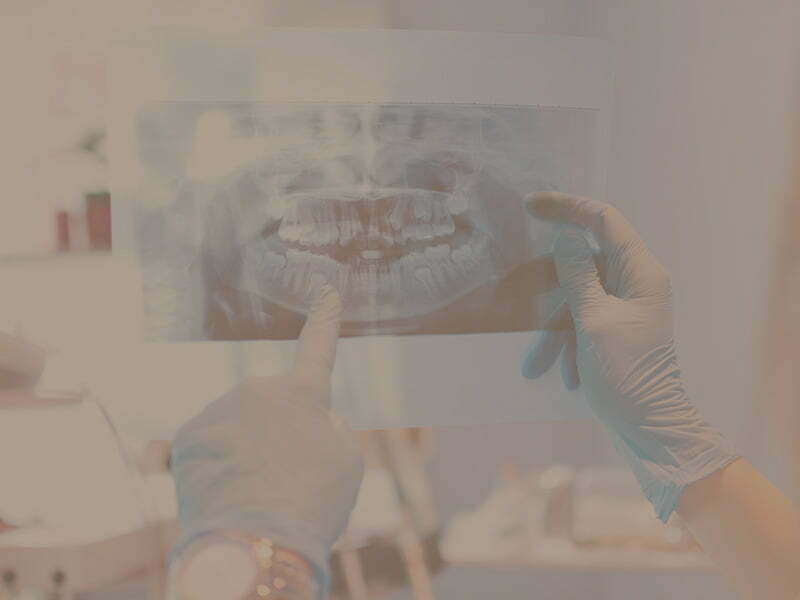

Root canal treatment aims to clean the inside of an infected tooth and fill the resultant void with a rubber material used safely in dentistry. With treatment, we can prevent further infection and breakdown of the tooth. Success rates are high, however the more extensive the infection the more likely a repeat treatment may be needed.
Advanced gum diseases or decay can progress to irreversibly damage the nerves of the teeth and cause an infection which will not go away with antibiotics or a simple filling.
Unfortunately, in this instance, a little more has to be done to remove the decay in the roots of the tooth, and this is where modern endodontics comes in.
Whatever the cause of your pain and infection, you must seek advice to have the area drained and relieve the swelling. We will normally try to drain the swelling from inside the tooth or occasionally, if extensive, we will make a small incision into the affected area and drain the swelling directly. Once drained and the pressure relieved, the pain associated will reside as well.

Even though it may sound scary, root canal treatment actually involves many of the steps used in a normal filling. You will be completely numb and will not feel a thing apart from small amounts of pressure. It is done at the practice many times a week and is a perfected routine procedure. Root canal treatment can be done over one longer visit or two separate appointments.

After root canal treatment, your lips and gums may remain numb for a few hours until the anaesthetic wears off. Later you may experience some pain and discomfort, which you can treat with pain medicines, such as ibuprofen, paracetamol, or a stronger prescription painkiller with supplemental antibiotics. This usually lasts only a day or two, but the relief from the pain of an infected tooth will be great.
The major risk of not having treatment is progression of the swelling and infection to areas that may restrict swallowing and breathing. Therefore, no matter how large or small, it is important you have a medical professional check and treat your tooth urgently.
With any root canal procedure there are associated risks. They are small and unlikely, but it is something everyone should know. They include prolonged numbness and altered sensation, fracture of the tooth or instruments, recurrent infections despite treatment, jaw ache (due to keeping mouth open for a long time), and extraction of tooth if root canal fails.
Once the swelling and infection is controlled with antibiotics or draining, you can have the tooth extracted if you wish. Removing the source of infection (the tooth) will have the same effect as root treatment. We try to do all we can to save your natural tooth, as extraction can cause added treatment and costs. The obvious difference is the lack of tooth to chew with, as well as the remaining teeth tilting, shifting and moving into the space left, causing alignment issues.